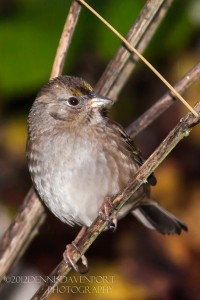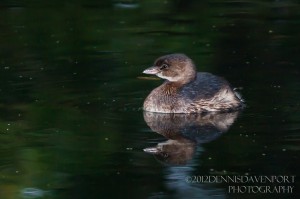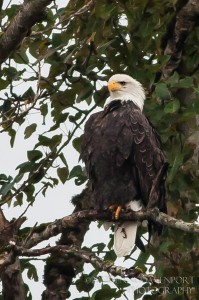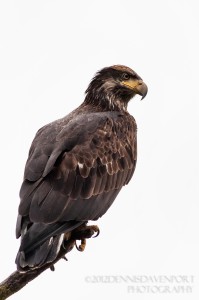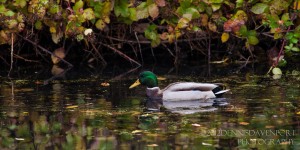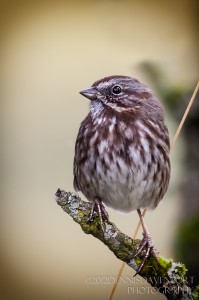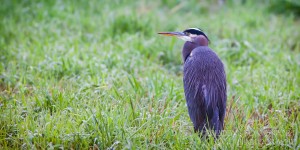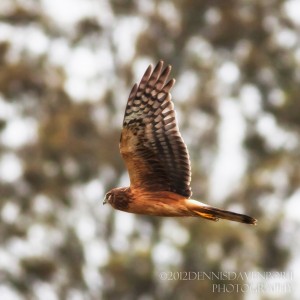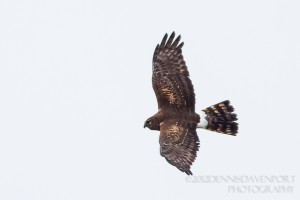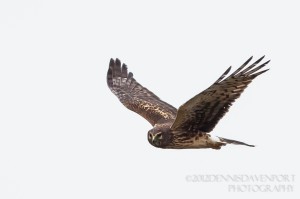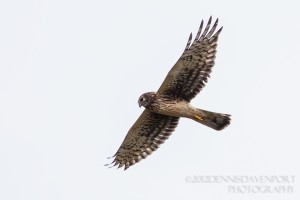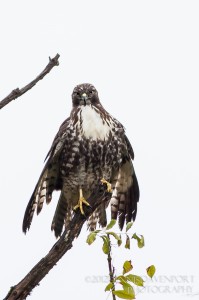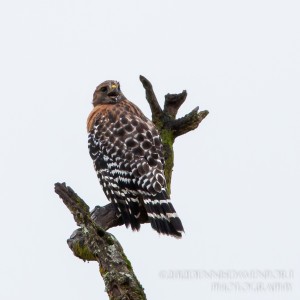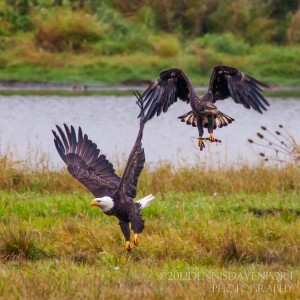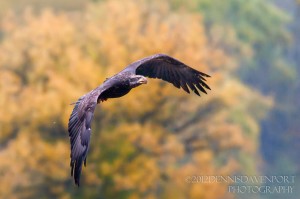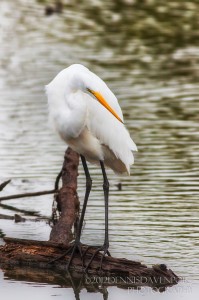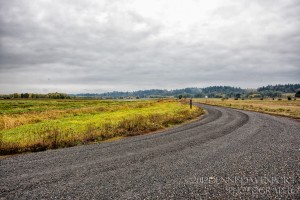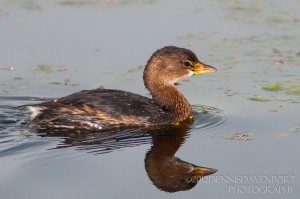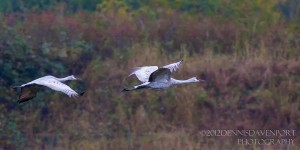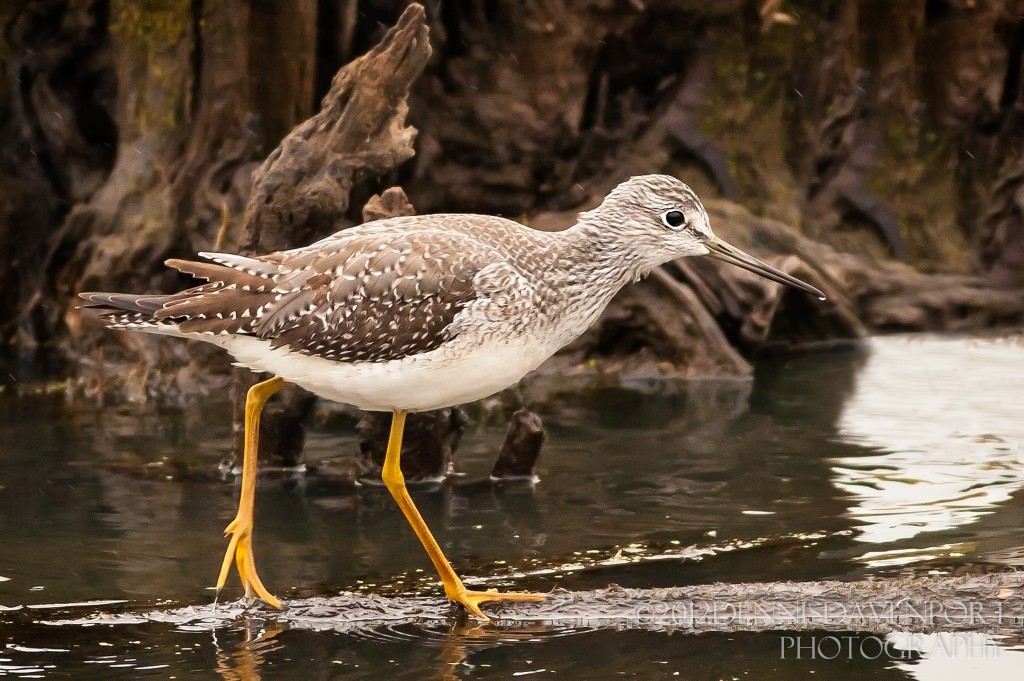I was fortunate that a friend, Melanie Skaggs, was kind enough to loan me her full-frame Canon 5DMark II camera body for today’s shoot at Ridgefield NWR. I’ve always been curious about how the full frame camera would perform compared to the crop-sensored 7D–especially for birds and wildlife. So, all of today’s photos were taken with the 5DMark II and my regular lens, the Canon 400mm f5.6L. I’ll talk a little about how the camera performed at the end of this post.
Melanie, located in Gresham, Or, has her own photography business at MelanieSkaggsPhotography.com. She shoots everything from families to weddings to newborns, and does an awesome job. I want to thank her for generously lending me her camera!
Here are some of the photos I took with the full frame camera. Please keep in mind the day was dark and gray, and it was raining/drizzling most of the time. Good light was a scarcity and high ISO’s were needed to get most of the shots. My goal was to test out the camera and take as many shots as I could to give me the best feel for the 5D, which physically feels like the 7D.
[Click on the thumbnails to see a larger more detailed view of the photos].
At 7:39 a.m., I could not get a shot without flash since the sun was just rising so I used it here. Golden-crowned Sparrow.
Pied-billed Grebe in a very dark waterway. ISO 800.
(8:01)
This mature Bald Eagle was in a tree in the vicinity of the eagle nest along the home stretch of the auto tour. I figure the distance is a good 400 feet– a distance that I would never take a serious shot with a 400mm lens and expect any quality. The camera did a decent job of focusing on the bird from that distance and in questionable light. This was at ISO 800.
(8:29)
Here’s a shot of an immature Bald Eagle at 40-50 feet, about 1/10th the distance of the above eagle shot. I bumped the ISO up to 1250.
(9:15)
Here’s a series of Northern Harrier shots from quite a distance. This was a test of ISO 2500. This was the highest ISO setting I used today and you can see the effects of the noise removal in these pictures.
(9:22)
(9:22)
(9:22)
An autumn Mallard Drake at ISO1600.
(10:29)
Close up of a Song Sparrow, also at ISO1600.
(10:40)
Great Blue Heron at ISO1000.
(10:49)
Here’s a second Harrier series. The first photo was taken at ISO1000 and the others at ISO1600.
(11:25)
(11:26)
(11:26)
(11:26)
This is an ISO400 shot of a Red-tailed Hawk.
(11:30)
Red-shouldered Hawk on a high perch probably about 150 feet away. For this shout I used ISO800 and also put on my 1.4x extender, making the lens 560mm. I had to manually focus the camera with the extender on, using the Live View screen and a 10x view. I don’t usually rely on my manual focusing abilities, and you can see why. 🙂
(11:39)
Stopped near the nest area of the bald eagles, off to my left about 200-250 feet away, a mature and immature Bald Eagle appear to be cooperating and sharing a catch one of them had just made. I observed them both on the ground for several minutes before they decided to take flight together, the younger bird carrying what looks to be a leg from the duck they had caught. It was interesting to see these two feeding and flying together, especially since there was another mature bird up on the tree they both flew back to after this shot. My guess is that the immature bird is in its third year due to the whitening of the tail feathers. This eagle series was taken at ISO 1250.
(12:10)
(12:10)
(12:10)
(12:11)
Every once in a while you find a Great Egret that is not skittish. This one was only about 30 feet away. I took this series at ISO 1600.
(12:43)
(12:43)
(12:44)
Very near the Egret was a couple of Lesser Yellowlegs. This one was snapped at ISO1000.
(12:47)
And just for the heck of it I took a “landscape” of the refuge from the south east corner of the auto tour. The roadside post you see is #12.
(1:25)
Red-tailed Hawk at ISO640.
(1:31)
White-breasted Nuthatch at ISO1600 with flash. This was taken in the dark Ash tree forest.
(2:15)
ISO1600 with flash. Pied-billed Grebe.
(2:17)
This is the Pied-billed Grebe about 1/4th of a second after I took the above shot! 🙂
(2:17)
Sandhill Cranes taken at ISO1000.
(2:31)
A shot of the swans and other creatures in Rest Lake. ISO800.
(2:39)
I rarely do my best work in these weather conditions and these shots aren’t exactly magazine cover shots! But the low light conditions gave the Canon 5DMarkII a run for its money with the need for higher than usual ISO settings. With my 7D, I rarely exceed ISO800. The 5D performed decently in some of the ISO1600 shots. Another big difference between these two cameras is that the 7D’s burst rate is more than twice as fast as the 5D’s, making the 5D feel pretty sluggish in that department. I think the AF on the 5D was at least as good as the 7D and maybe even better at long distances.
The full frame sensor of the 5D holds about 3 megapixels more than the 7D’s (18MP) cropped sensor but there is a lot more physical room for the 21 megapixels of the 5D to live in. This non-crowding helps keep the noise down compared to the 7D. I think the improved image of the 5D over the 7D is good enough to allow more cropping in the 5D images and still retain image quality. You experience the actual focal length of lenses attached to the 5D, i.e., a 17-40mm focal length is actually what you get with the 5D, instead of 27-64mm on the 7D cropped sensor (1.6 factor). So there is a much larger field of view.
The bottom line here is that I liked the 5DMarkII, a lot. I liked it so much in fact, I went out and bought its new brother/sister–the 5DMarkIII. The Mark III has big improvements over the Mark II in many areas including AF, 22.3MP, 6fps burst rate, improved video features, and it is powered by the new Canon Digic 5+ processor. I took it out for a test run on Nov. 2, and I’ll be sharing some of those shots with you next time on The Blog. I hung on to the 7D I won in a photo contest earlier this year to serve as a backup camera. Exciting times for me and it’ll be fun to see what the new Mark III can do in good light!
